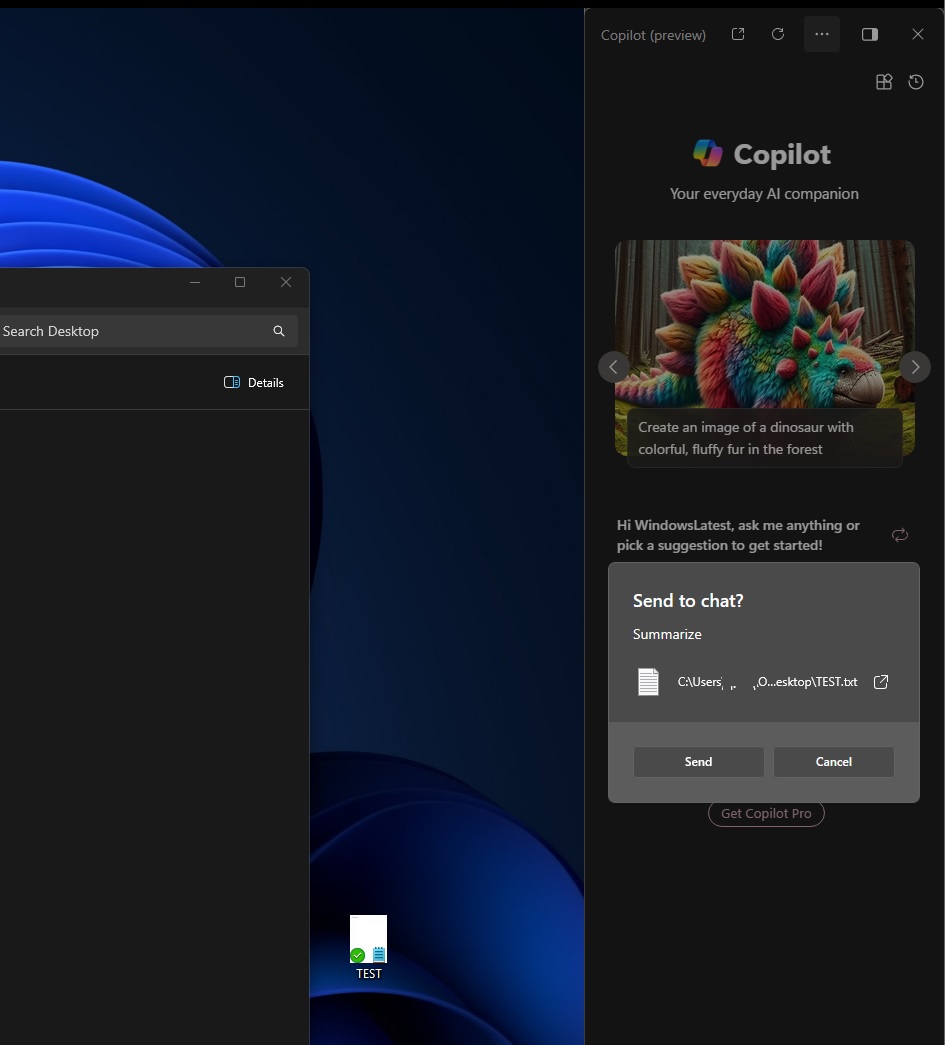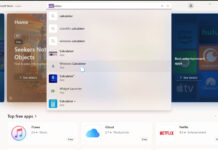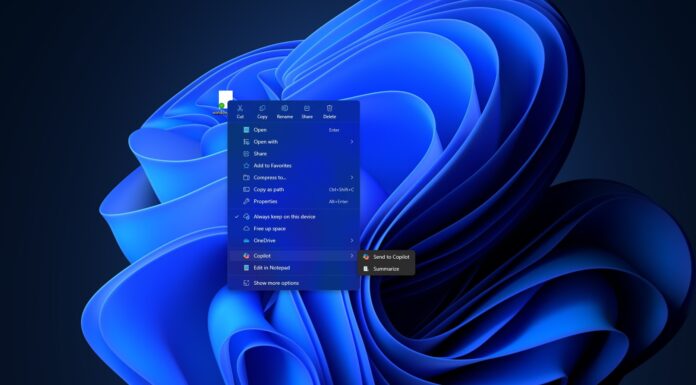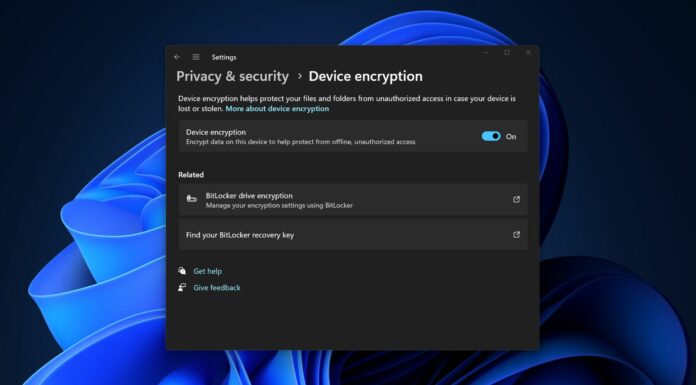After adding Copilot to Notepad and AI features to apps like Paint and Photos, Microsoft is now bringing it to File Explorer. In Windows 11 Build 26080 or newer, a new entry in the context menu lets you send the selected file to the Copilot panel. Then, you can ask the AI questions about the uploaded document.
Microsoft has been working on integrating Copilot into Windows File Explorer for a while now. The feature was first spotted by PhantomOfEarth on X in January 2024. As the Microsoft watcher noted on X, this feature is called “CopilotFEContextMenu”, where “FE” stands for “File Explorer”.
It was not clear how Copilot could work with File Explorer, but thanks to a recent update, we now have a bit of an idea. As shown in the screenshots below, you can right-click any file inside or outside File Explorer and select between “actions” like “Send to Copilot” and “Summarize” using Copilot.

You can send the file directly to Copilot and ask questions about it. Or, you can click “summarize”, which also sends the file to Copilot but with a prompt that quickly summarizes the document in bullet points.

When you click the button, the Copilot panel will open on the desktop and ask you for permission before fetching the document.
In our tests, the feature doesn’t seem to work and starts summarizing the word “summarize”, but that makes sense since Microsoft hasn’t confirmed Copilot integration in File Explorer yet.
Also, File Explorer’s Copilot integration won’t be limited to just these two actions. For example, Microsoft may also introduce “rewrite” when you send one of the documents to Copilot. Similarly, if you select an image and send it over to Copilot, you’ll be able to “Upscale” and “Remove background.”
It’s possible that the context menu could add additional “actions” in upcoming preview builds.
Do you like the idea of AI in File Explorer? Let us know in the comments below.





















